Jardín Soswaewon de Damyang (담양 소쇄원)
13.4Km 2023-01-04
Soswaewon-gil 17, Gasamunhak-myeon, Damyang-gun, Jeollanam-do.
Soswaewon es un jardín público representativo de la dinastía Joseon en el cual podemos ver la belleza tradicional coreana. Este jardín fue construido por Yang San-bo después de renunciar su ambición por la fama y el poder al ser asesinado su profesor Jo Kwang-Jo por razones políticas. Soswaewon significa "jardín limpio y transparente" y fue donde los marineros disfrutaban de la música y de tiempos placenteros entre los bosques de pinos de este lugar.
Soswaewon tiene un arroyo que en las colinas de los costados se plantaron árboles boksa y variadas plantas, e hicieron que el agua transparente del valle corriera por debajo de la cerca a través de piedras. Además por arriba del agua del valle hay un puente de madera lo cual suma elegancia al paisaje. La cascada que cae del molino de agua forma una buena armonía entre la naturaleza y lo artificial, es un jardín donde reprodujeron en forma exacta el hermoso paisaje de las montañas. El jardín está a unos 150 m de la carretera. El camino hacia la entrada al jardín está decorado con árboles. Recorriendo este camino por el lado izquierdo aparece también un pequeño valle.
Jardín Myeongokheon Wollim de Damyang (담양 명옥헌 원림)
14.4Km 2024-12-05
Husan-gil 103, Goseo-myeon, Damyang-gun, Jeollanam-do.
Localizado en la eco-aldea de Husan-ri (Damyang, provincia de Jeollanam-do), el jardín Myeongokheon Wollim fue el jardín del erudito Oh Hui-do (1583-1623), de la dinastía Joseon, y servía como un simple santuario de campo donde los sabios daban conferencias, junto con el estanque de forma cuadrada en frente del pabellón que está rodeado de árboles con flores elegantes.
Myeongokheon (el nombre del pabellón) es la palabra para el sonido del jade cuando tintinea suavemente, describiendo el sonido del agua rompiendo suavemente a lo largo de la orilla del estanque. Los árboles florecidos alrededor del estanque incluyen pinos rojos entre otros, y al lado del riachuelo se encuentra una gran roca con el grabado de ‘鳴玉軒癸丑,’ en caracteres chinos donde pone 'Myeongokheonrim'.
En el lado derecho de Myeongokheon Wollim verá un árbol de 300 años, que es donde el rey Injo (1623-1649) de la dinastía Joseon ató su caballo cuando fue a visitar a Oh Hui-do. El jardín es tan bonito como el jardín Soswaewon y en 2009 fue designado Vista Escénica.
Maru-O (마루오)
15.0Km 2025-07-18
5-8, Baemet 3-gil, Naju-si, Jeollanam-do
Maru-O is a business hotel in the heart of Naju Innovation City, Jeollanam-do, that has good facilities and is popular with both business travellers and tourists. The underground parking lot has an electric vehicle charging station, and both mobile phone chargers and tourist information for Naju and Jeonam is available at the front desk. Right in front of the hotel is Bitgaram Lake Park where visitors can take a pleasant walk. Naju KTX station and the Intercity Bus Terminal are 15 minutes away by car, and Naju’s Yeongsanpo Hongeo Street and Gomtang Street (famous for its restaurants!) are also nearby.
Sane Flower (산에는 꽃이피네)
15.7Km 2025-07-18
20-1, Dongnyeok-gil, Naju-si, Jeollanam-do
Doraemi House (도래미하우스)
15.7Km 2025-07-18
18-26, Dongnyeok-gil, Dado-myeon, Naju-si, Jeollanam-do
Academia Neoconfuciana Wolbong Seowon (월봉서원(빙월당))
16.2Km 2024-05-17
Gwanggok-gil 133, Gwangsan-gu, Gwangju
Yacimiento de Dólmenes de Hwasun (화순 고인돌군 유적) [Patrimonio Cultural de la Humanidad de la Unesco]
16.7Km 2022-04-07
Hyosan-ri 64, Dogok-myeon, Hwasun-gun, Jeollanam-do.
El Yacimiento de Dólmenes de Hwasun está situado cerca de las cascadas de la cordillera que une Hyosan-ri de Dogok-myeon y Daesin-ri de Chunnyang-myeon. Según diversos estudios, 135 de las 980 rocas de Hyosan-ri en Dogok-myeon son dólmenes. También hay unas 100 rocas planas que aún mantienen su forma. En Daesin-ri de Chunnyang-myeon hay unos 124 dólmenes, de entre 3.309 rocas. Hay al menos 300 que mantienen su forma, y 23 dólmenes fúnebres. Lo que hace especiales los dólmenes de Hwasun es su abundancia, con 596 dólmenes en este pequeño distrito, incluyendo la mayor losa de Corea. El Yacimiento de Dólmenes de Hwasun fue registrado como el Patriminio Cultural de la Humanidad por la Unesco el 2 de diciembre de 2000, junto con los yacimientos de Gochang y Ganghwa.
YangDongHo Traditional House (Hanok 152) (양참사댁(양동호 가옥 / 한옥152))
16.9Km 2025-07-24
24, Darasil-gil, Dogok-myeon, Hwasun-gun, Jeollanam-do
Yangchamsa House, also known as Yangdongho House, is a hanok stay in Hwasun, Jeollanam-do - a 300-year-old yangban dwelling now designated a national folk cultural asset. There are five guestrooms of different sizes in the anchae and sarangchae. The house hosts exhibitions and concerts from time to time, and can be hired for weddings, banquets or workshops. There’s a traditional cultural experience program. Nearby must-visit places are Hakjae Old House and Hwasun Dolmen Site in the village, and Unjusa Temple (a 15-minute drive away).
Changpyeong en Damyang (Cittaslow) (전남 담양 창평 [슬로시티])
17.0Km 2021-04-16
Doldam-gil 56-24, Changpyeong-myeon, Damyang-gun, Jeollanam-do.
+82-2-383-3807
Changpyeong-myeon es una región de cultivos muy agradable para vivir. Las industrias suburbanas de tomates, fresas y vegetales tienen un gran funcionamiento junto a la bien preservada naturaleza. Este lugar tiene mucho potencial. El nombre Changpyeong se ha utilizado desde el inicio de la dinastía Goryeo, y era famoso para formar a muchos funcionarios del gobierno que eran leales al país, a los padres y la cortesía. El famoso caramelo de arroz de Changpyeong y los dulces que se presentaban a los reyes de la dinastía Joseon, la sal de bambú con un misterio de mil años de antigüedad, la pasta de sal de frijoles de bambú, el tteokgalbi tradicional no son solo alimentos sino también el orgullo de Changpyeong.
* Historia
Durante el período de los Tres Reinos, se llamaba Gugyeguk. Durante el período Baekje, se llamaba Guljihyeon. Durante el período Silla, se llamaba Giyanghyeon en el año 757. Durante el período Goryeo, se llamaba Changpyeongphyeon en el año 940, y el mayor cuerpo de gobierno conocido Hyeonnyeong fue estableció en 1144. Durante el período Joseon, en 1479 (5º año del reinado de Seongjong), Changpyeonghyeon fue trasladada y subyugada a Gwangjumok. Fue renombrada a Changpyeonghyeon en 1479 después de Kim Yu San. En 1758 (34º año del reinado de Yeongjo), Min Baek Rok recopiló diarios de Changpyeonghyeon, y en 1793 (17º año de reinado de Jeongjo) el distrito juez de Changpyeonghyeon, Jo Gwang Jon movió de Goseo-myeon, Goeup-ri para Changpyeong-myeon, Changpyeong-ri, 82-bunji. El 26 de mayo de 1895, se convirtió en Namwon-bu, Changpyeong-gun. El 24 de agosto de 1896, se convirtió en Changpyeong-gun de Jeollanam-do con 9 distritos. Durante la colonia japonesa, en 1910, fue Changpyeong-gun, y el 28 de febrero de 1914, según la orden del ministerio nº 11, fue incorporado a Damyang-gun y renombrado Changpyeong-myeon.
※ Hay una teoría según la cual Changpyeong fue conocida como Changpyeonghyang (lugar de nacimiento de Confucio) por sus similitudes geográficas. El 1° de abril de 1990, Nam-myeon Oedong-ri fue incorporada a Changpyeong-myeon.
Río Yeongsangang (영산강)
17.2Km 2021-08-26
Gaedongsingi-gil, Subuk-myeon, Damyang-gun, Jeollanam-do.
El río Yeongsangang (136 km) es uno de los cuatro principales ríos de Corea. Se trata del más pequeño de los cuatro (los otros tres son el río Hangang de 482 km, el río Nakdonggang de 522 km y el río Geumgang de 396 km de largo). El río nace en el pico Yongchubong (560 m) localizado en Yong-myeon, en el municipio de Damyang-gun, provincia de Jeollanam-do. Su recorrido transcurre por Damyang, Gwangju, Naju y Yeongam y finalmente desemboca en el Mar Amarillo cerca de Mokpo.
El río sufre de algunos retos ambientales, y algunos acontecimientos meteorológicos extremos han causado inundaciones con la pérdida de ecosistemas y la degradación del hábitat. En diciembre de 1981 se construyó una presa y los daños se redujeron. El gobierno coreano también ha implementado el Proyecto de Restauración de los Cuatro Mayores Ríos desde 2009 con el objetivo de restaurar los ríos y al mismo tiempo desarrollar las regiones. Bajo este proyecto, se invirtió mucho dinero por tal de solucionar los problemas del río Yeongsangang.

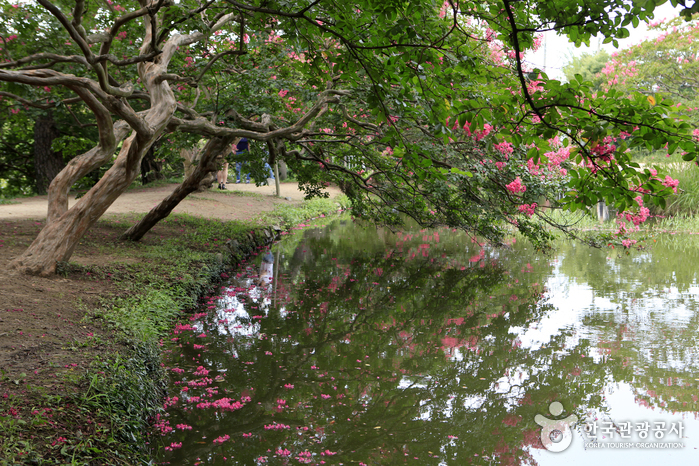
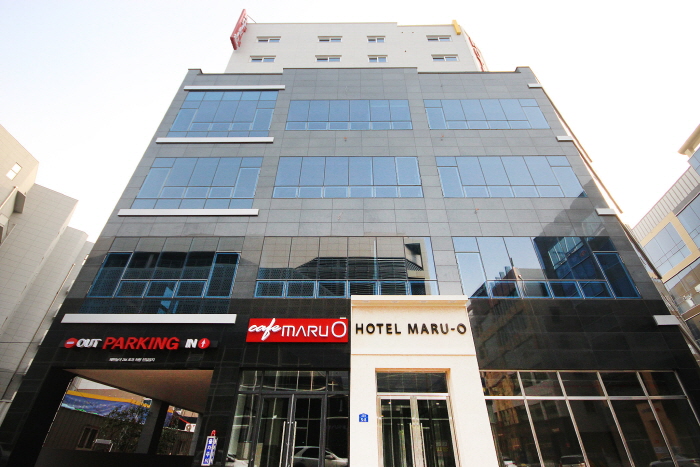
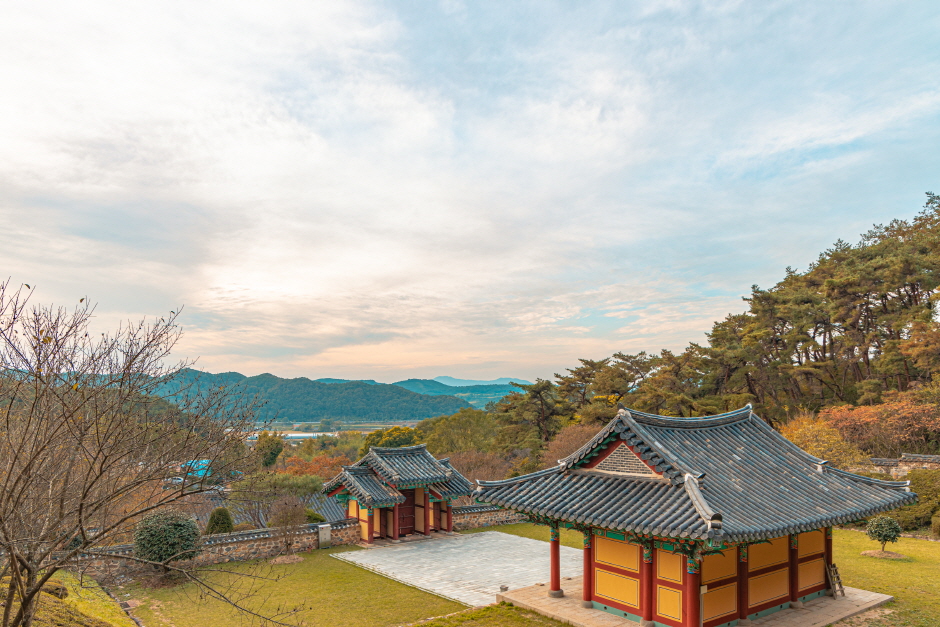
![Yacimiento de Dólmenes de Hwasun (화순 고인돌군 유적) [Patrimonio Cultural de la Humanidad de la Unesco]](http://tong.visitkorea.or.kr/cms/resource/03/2515703_image2_1.jpg)
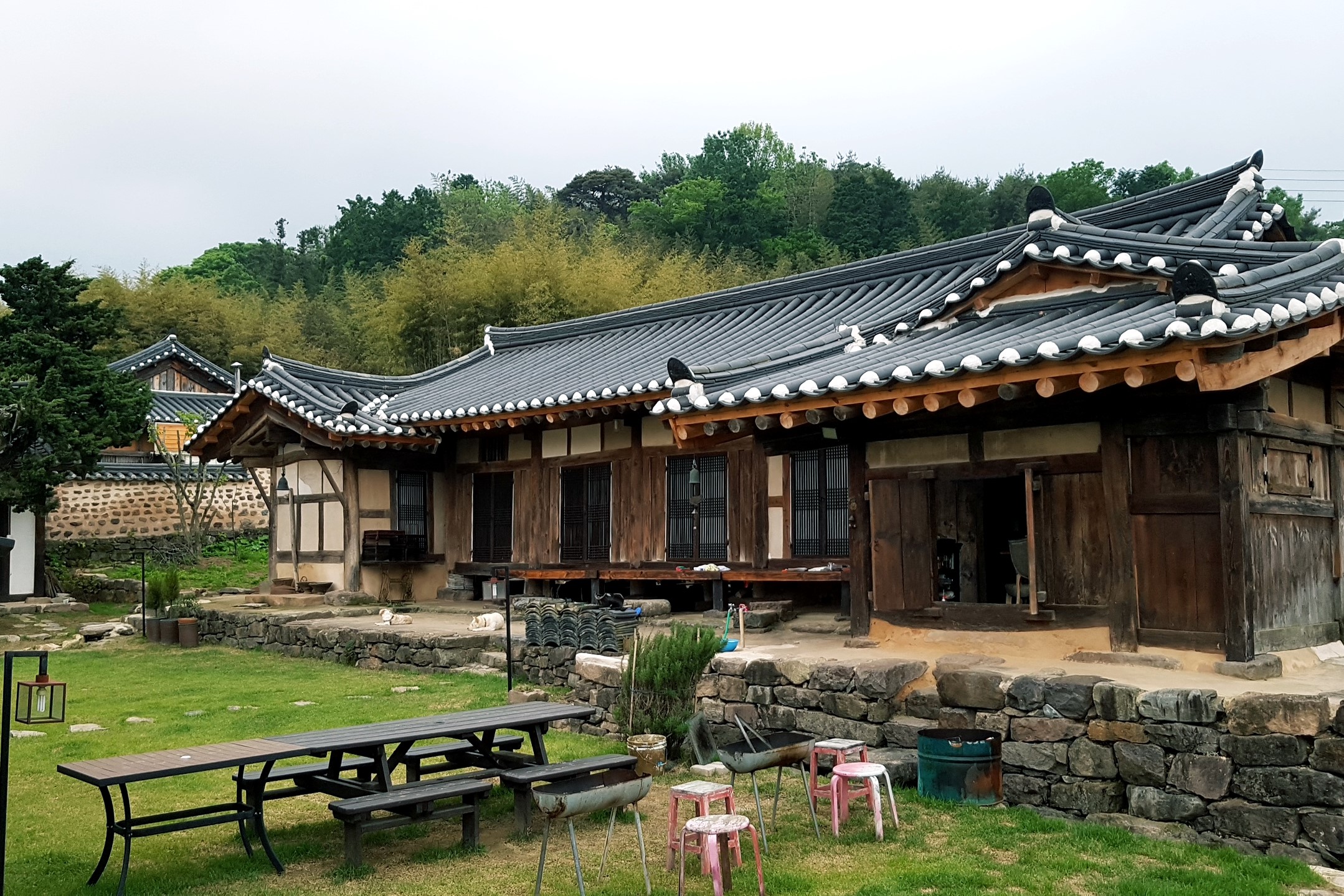
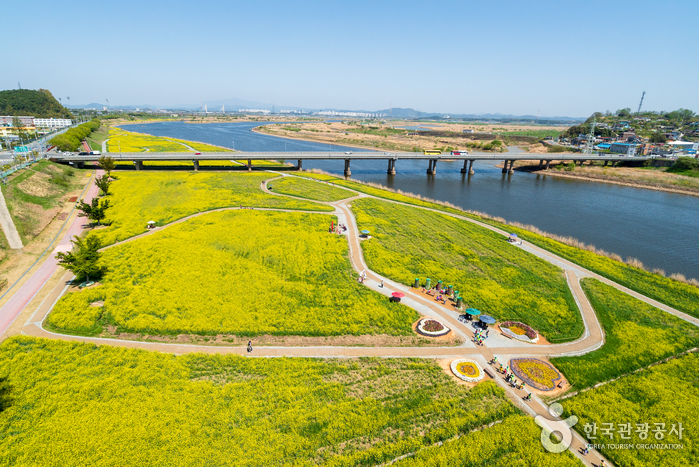
 Español
Español
 한국어
한국어 English
English 日本語
日本語 中文(简体)
中文(简体) Deutsch
Deutsch Français
Français Русский
Русский